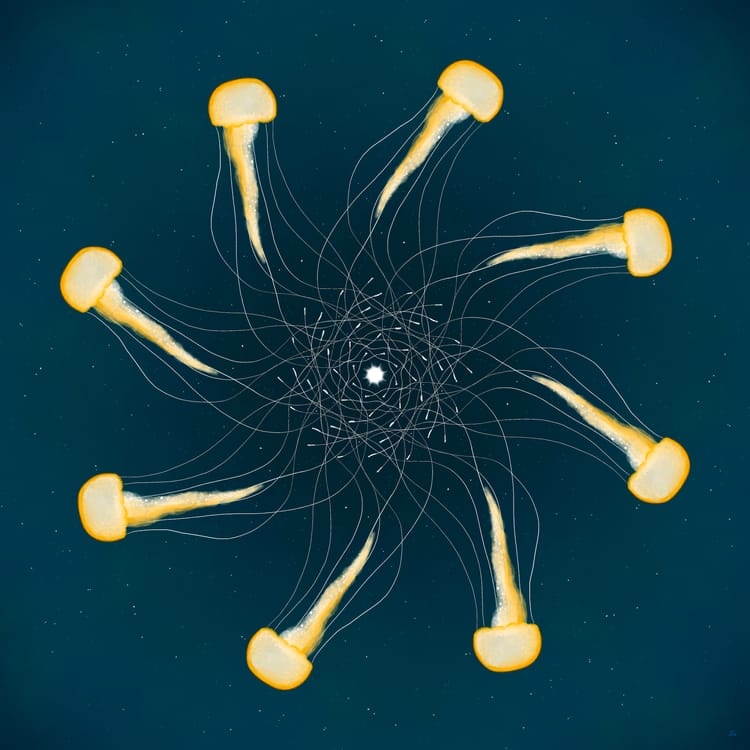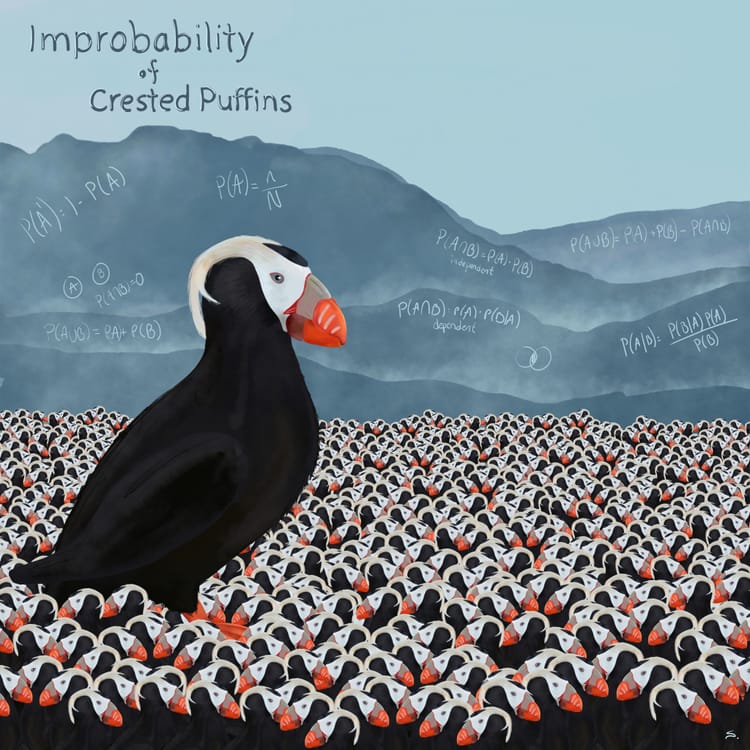Week 26: Musical Math
You don’t have to be a musician to play with music and math. This week, I encourage learners to experiment with sound and patterns. Below is a list of ideas to experiment with: Create a rhythm as an individual or a class that follows a sequence and build on it, (drums can be hands on […]


You don’t have to be a musician to play with music and math. This week, I encourage learners to experiment with sound and patterns. Below is a list of ideas to experiment with:
- Create a rhythm as an individual or a class that follows a sequence and build on it, (drums can be hands on tables or buckets).
- Drum a Fibonacci set or other mathematical beats, (0, 1, 1, 2, 3, 5, repeat), with various instruments.
- Drum a decay rhythm of holding notes, (ex: 8 beats, 4 beats, 2 beats, 1 beat, 1/2 beat, 1/4 beat, repeat).
- Drum in a circle where learners explain the pattern of a selected drummer with math. Take turns creating and guessing patterns.
- Use a tuning app to study notes on an instrument in Hz. Plot the notes of an octave – what do you see? (This is better for learners that use the Cartesian coordinates.)
- Take a concept that is being studied and represent it with music. (Addition, subtraction, variables, exponents, etc.)
- Create a map from a sequence or set to a melody on an instrument. I did this with the Pisano Periods a couple of years ago and had a lot of fun with it.
- To do this:
- Determine the set of numbers you would like to use: {3,1,4,1,5,9,2}
- Map the range of the set to a note: 1 = C, 2 = C#, 3= D, 4 = D#, etc.
- Play your melody:
- To do this:







Member discussion